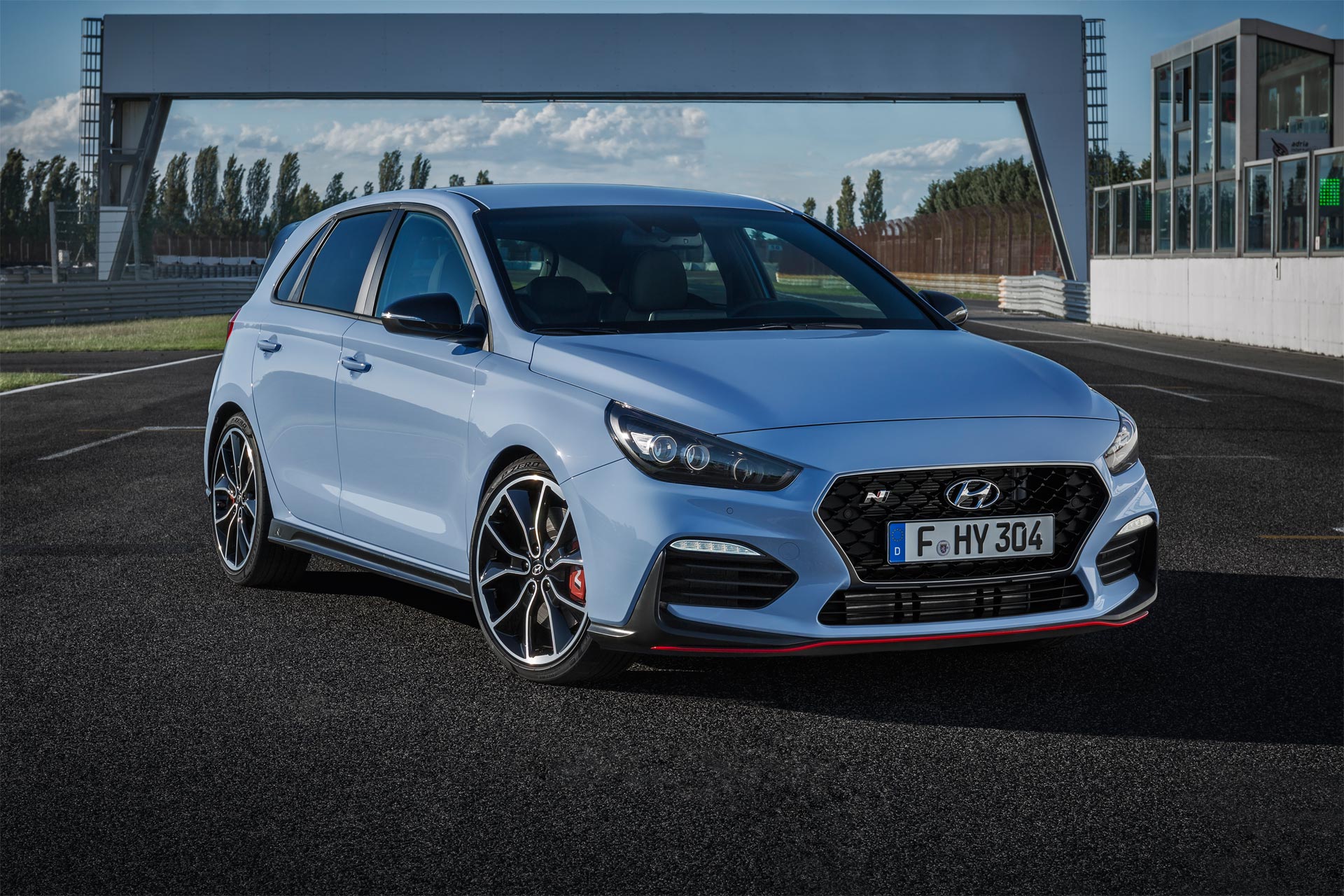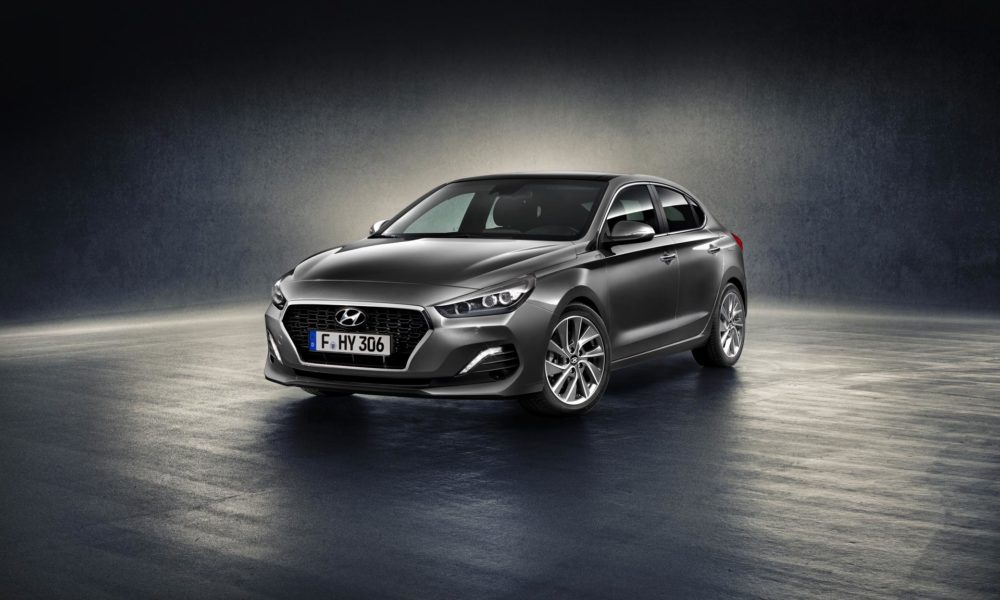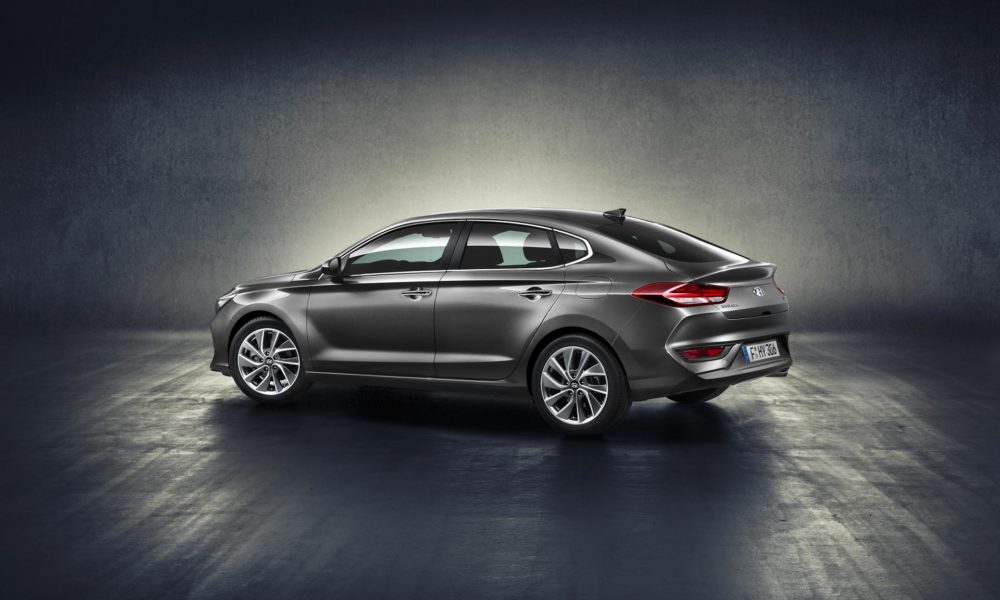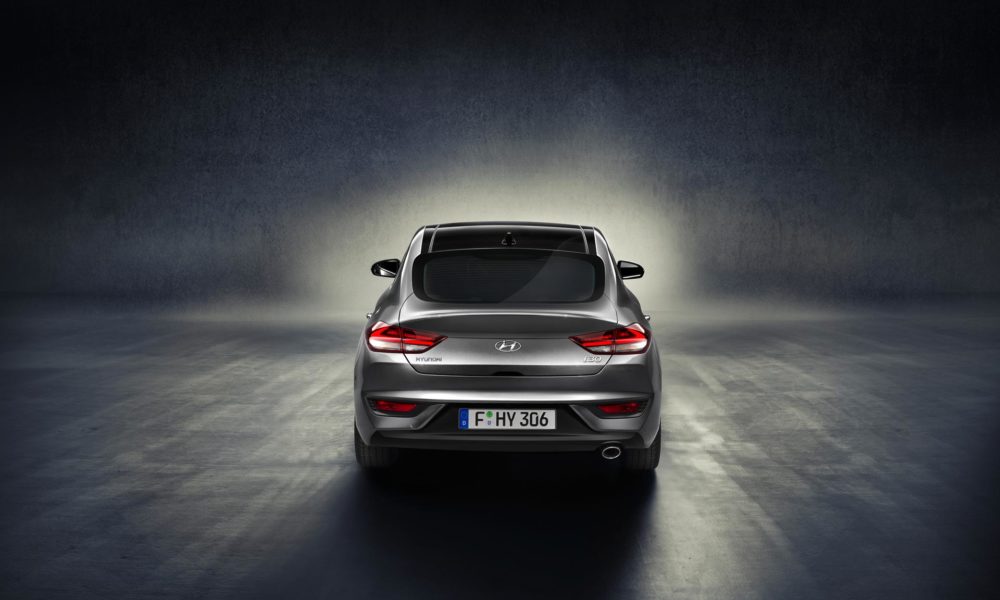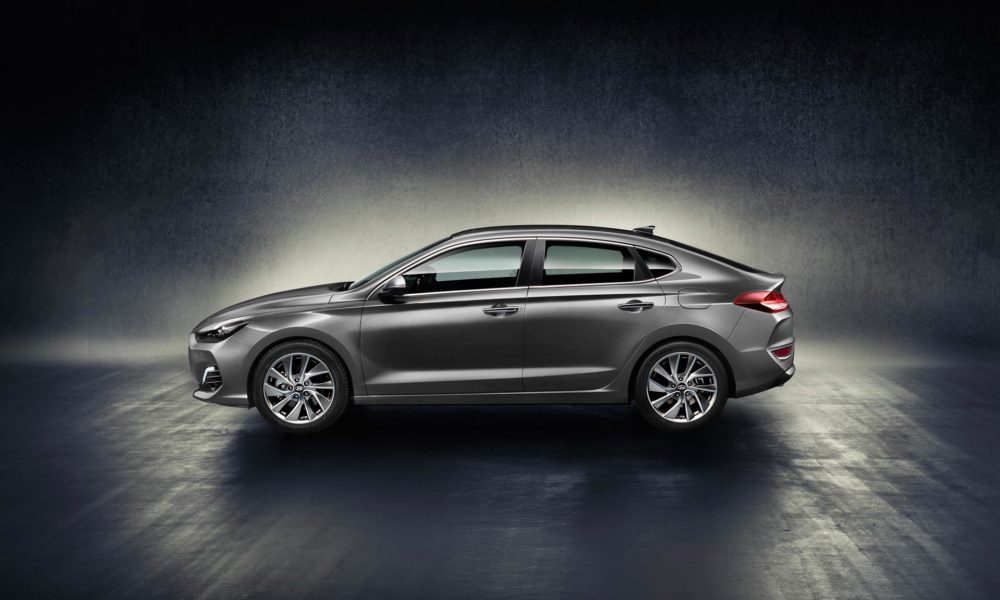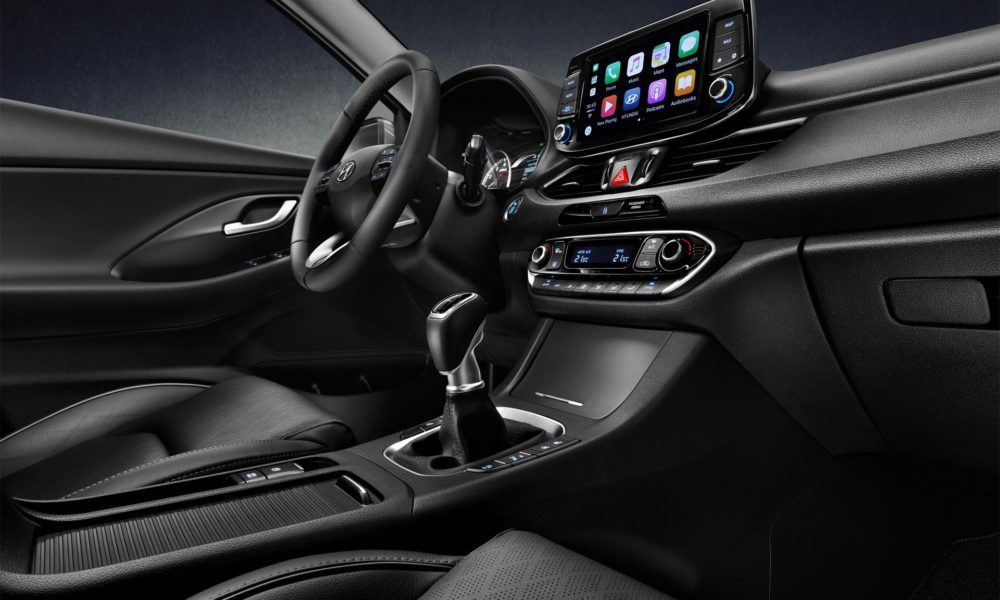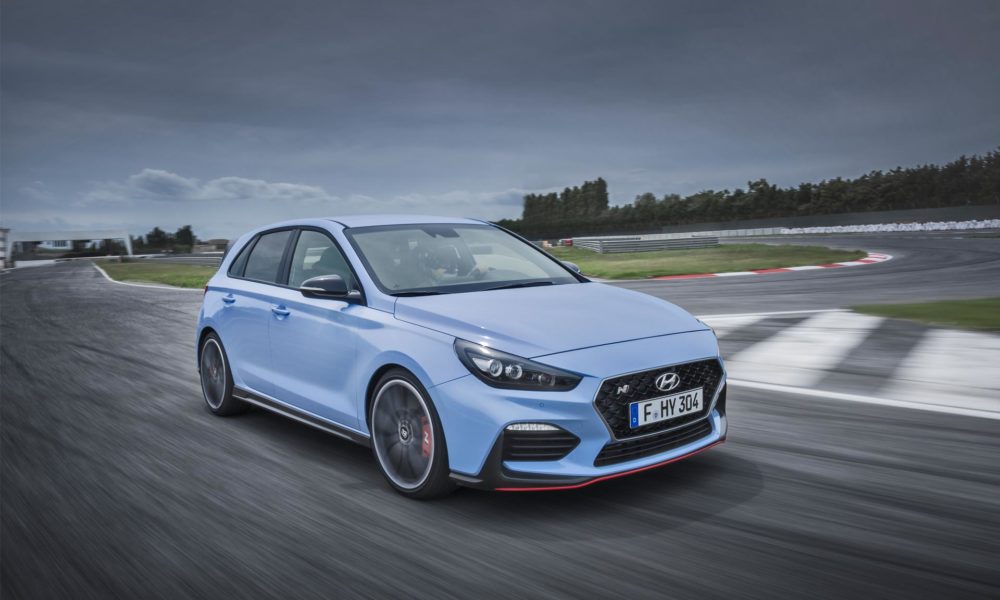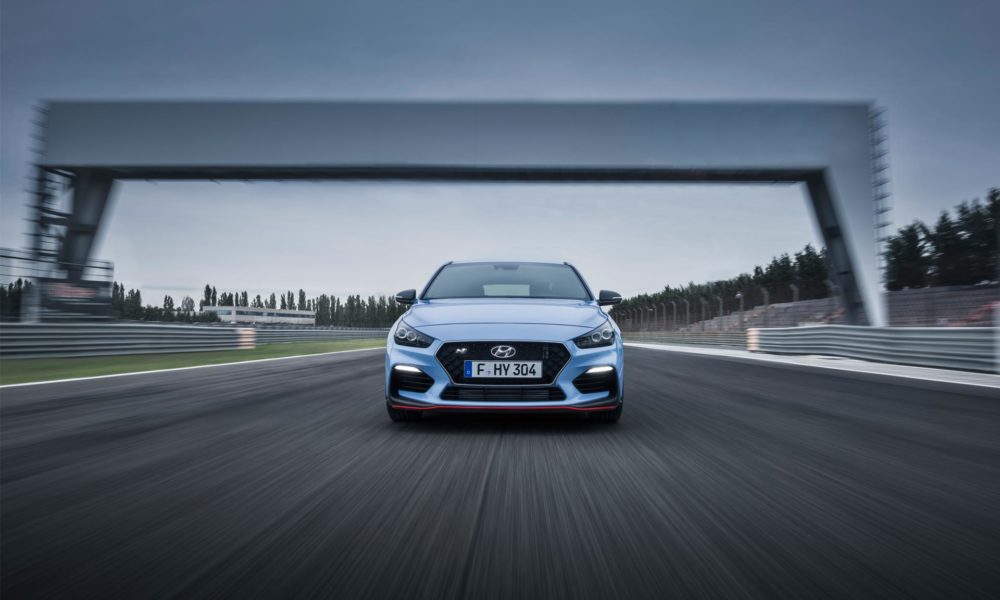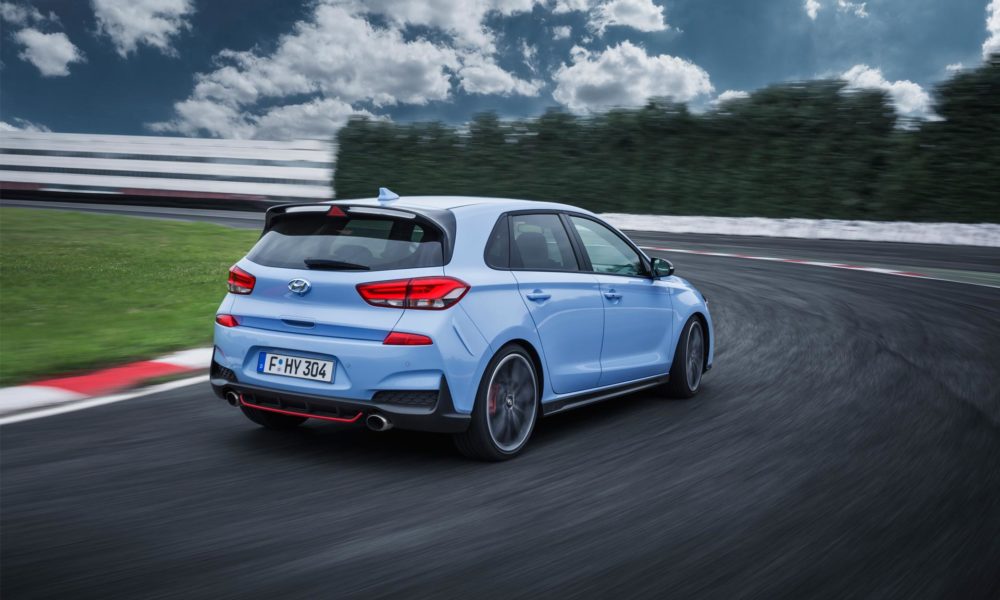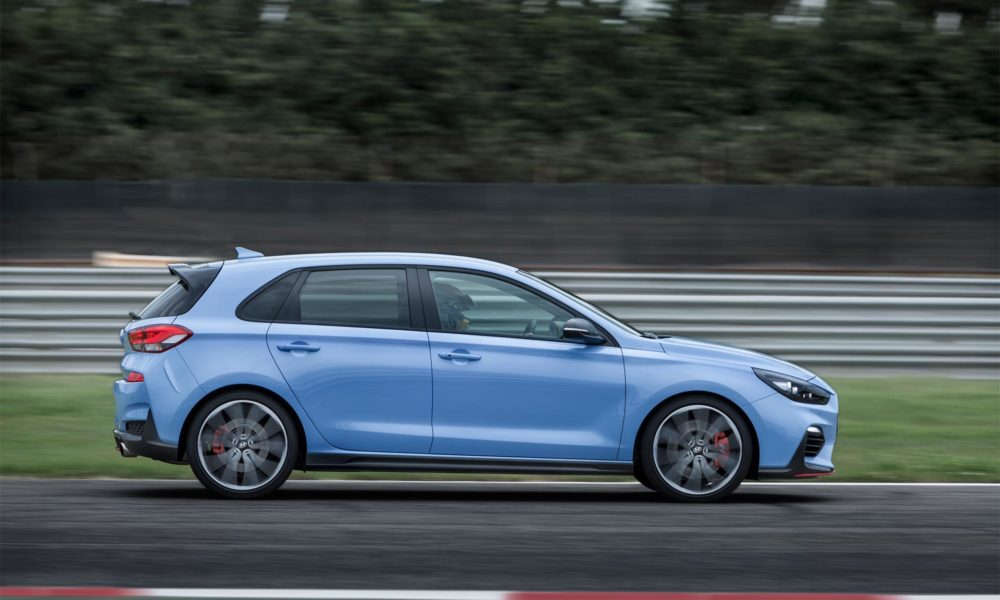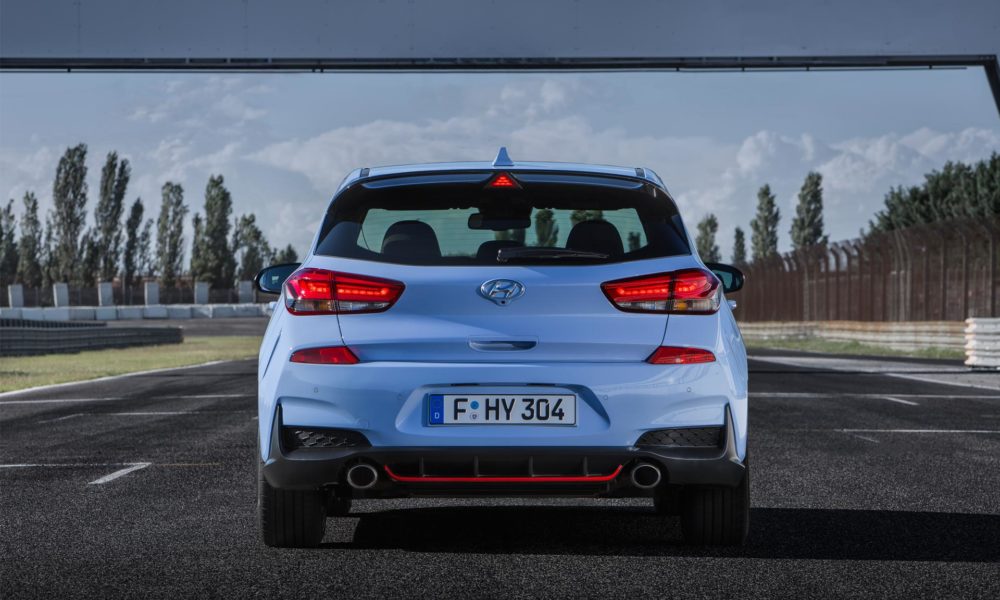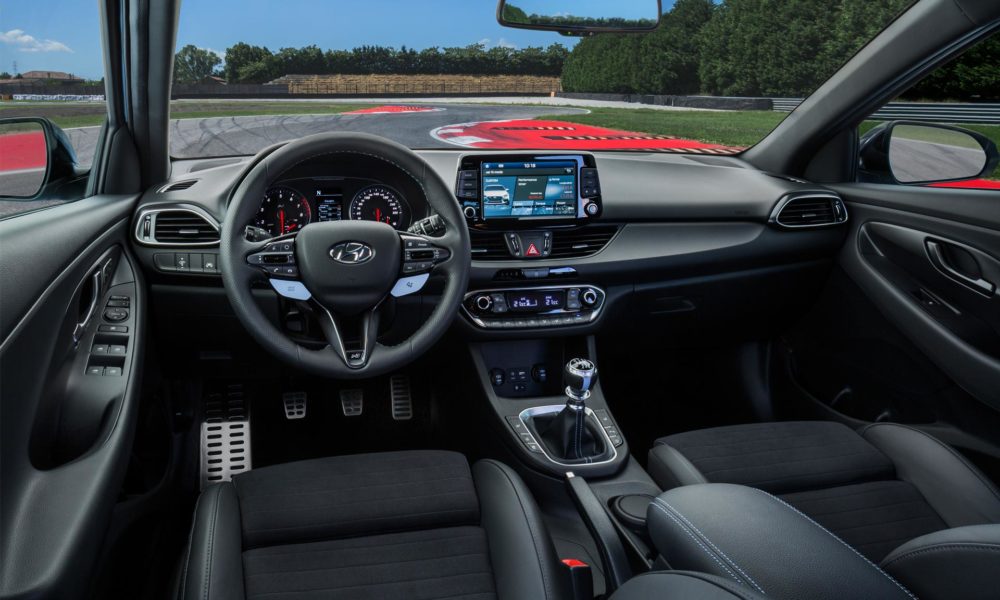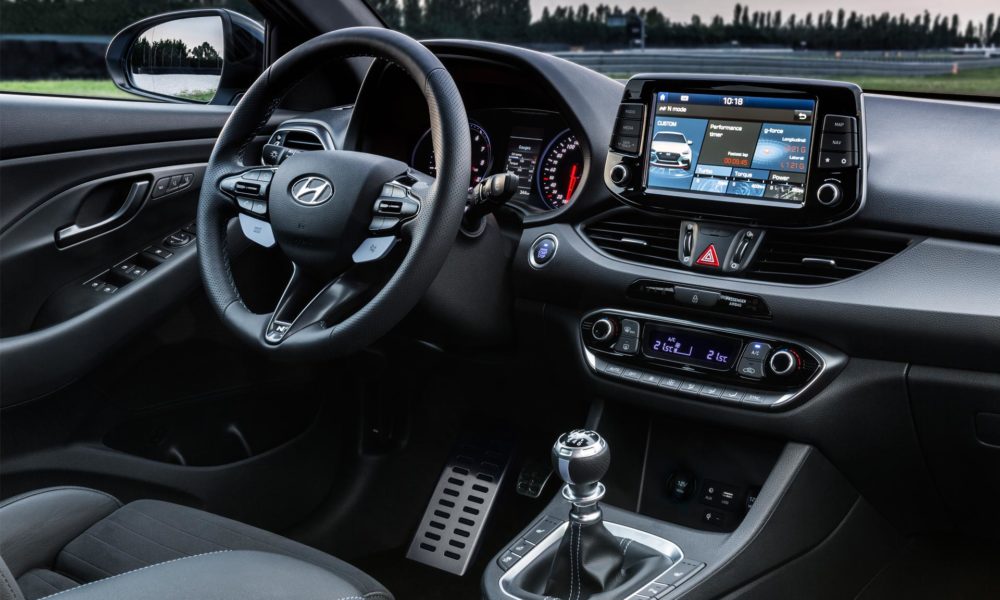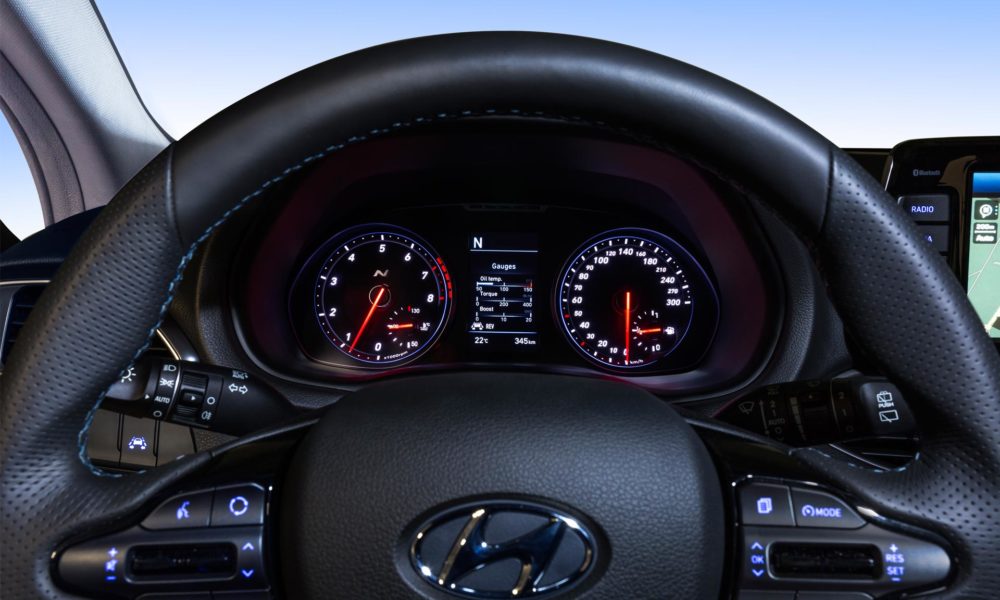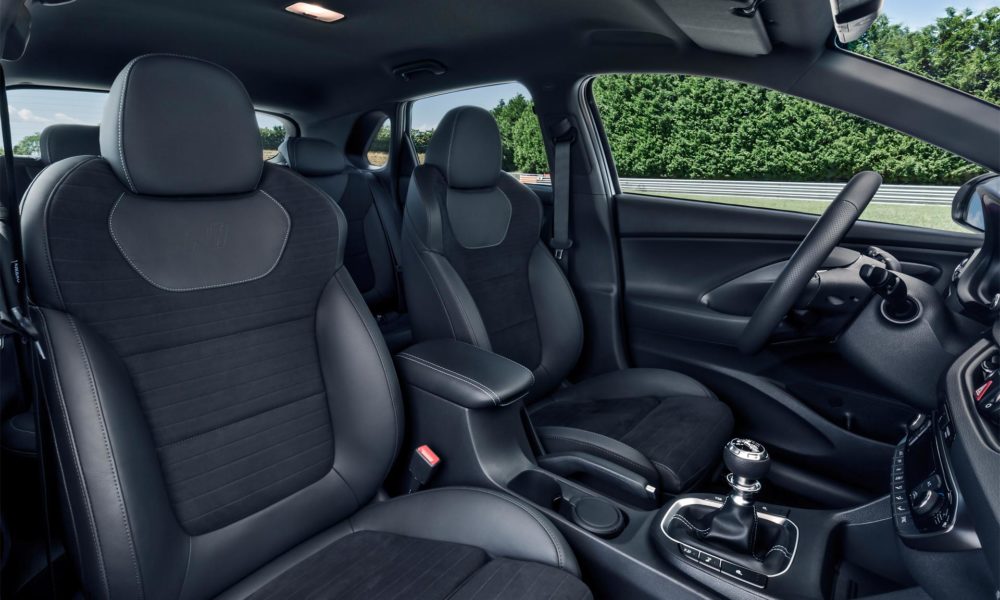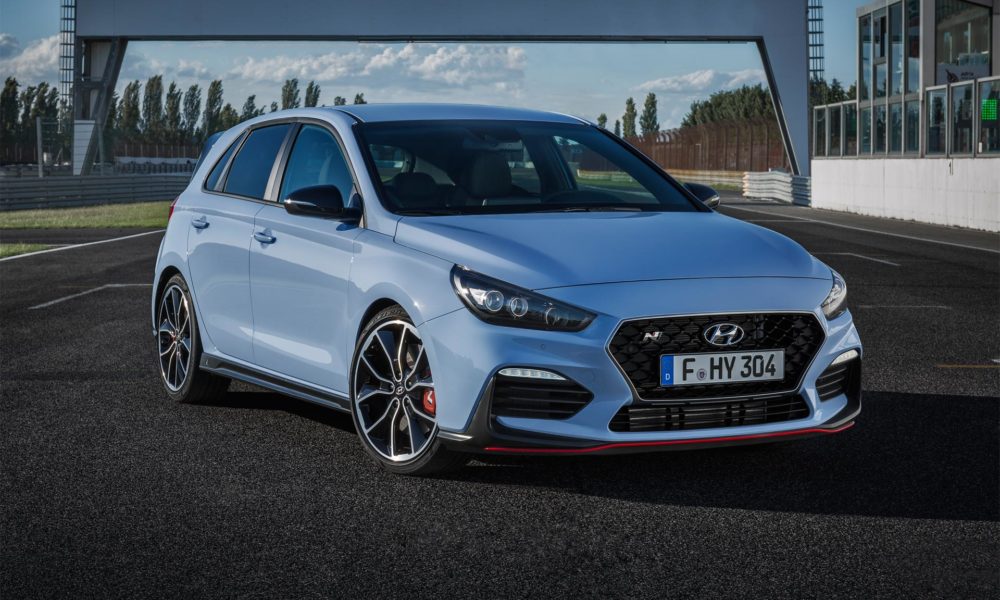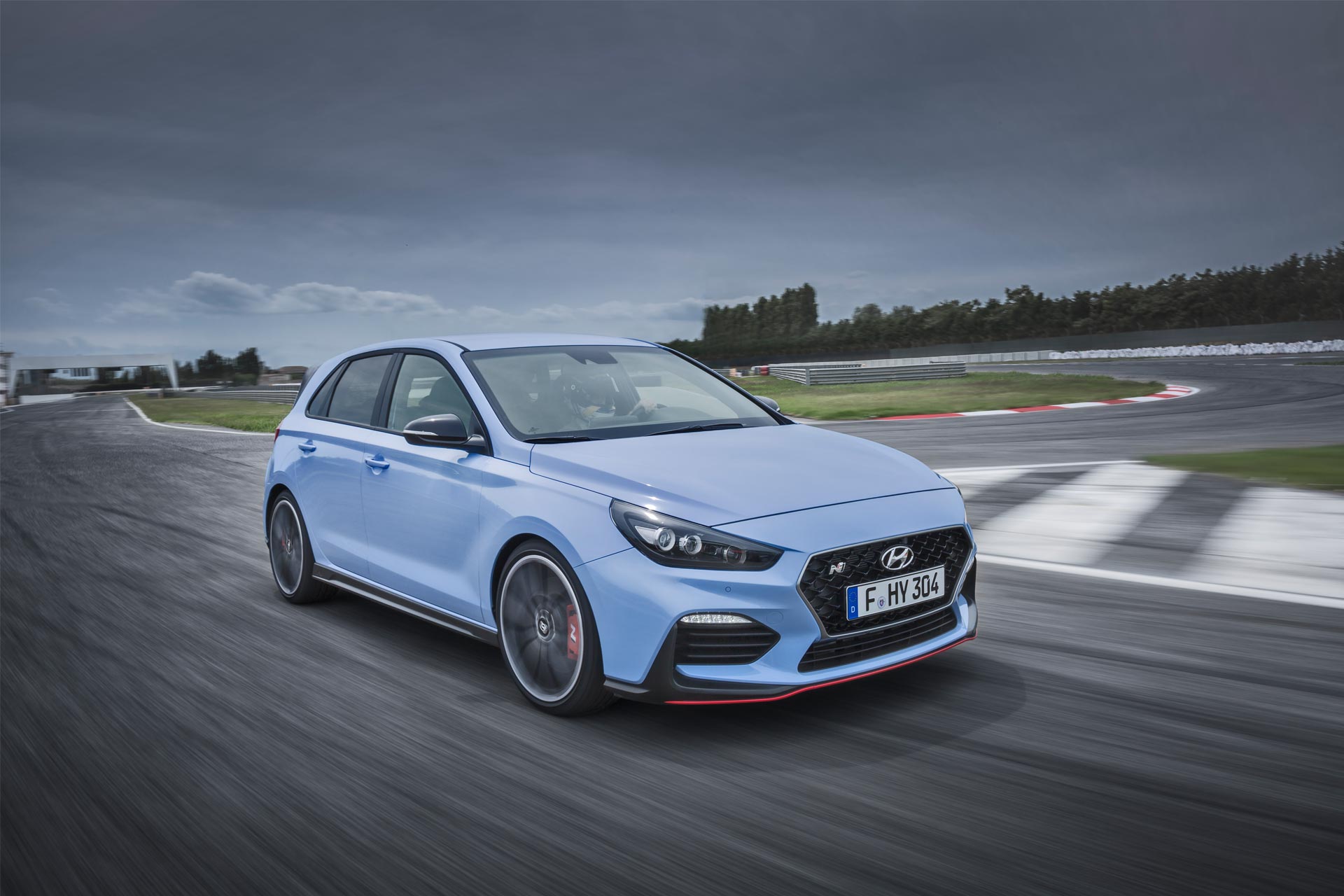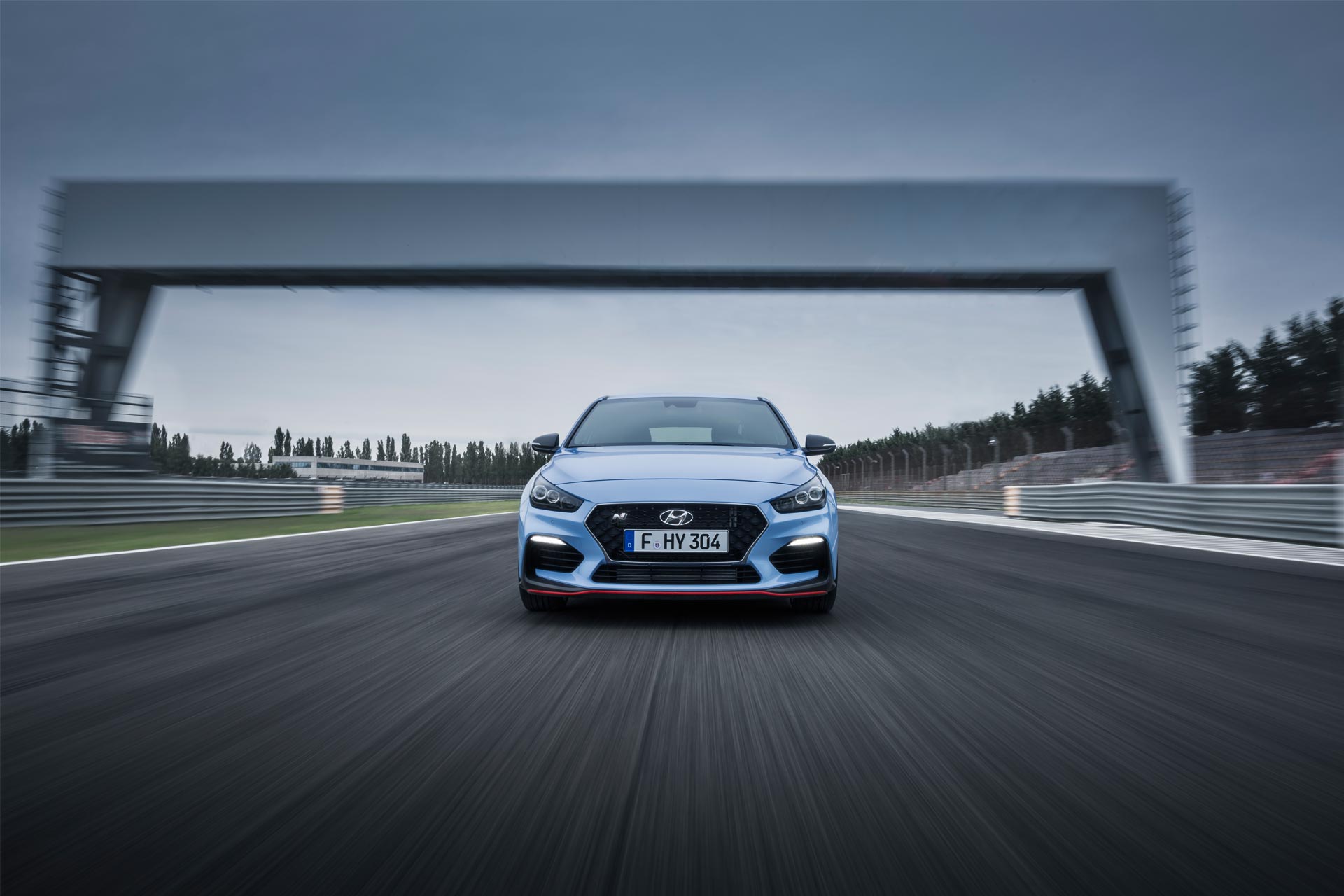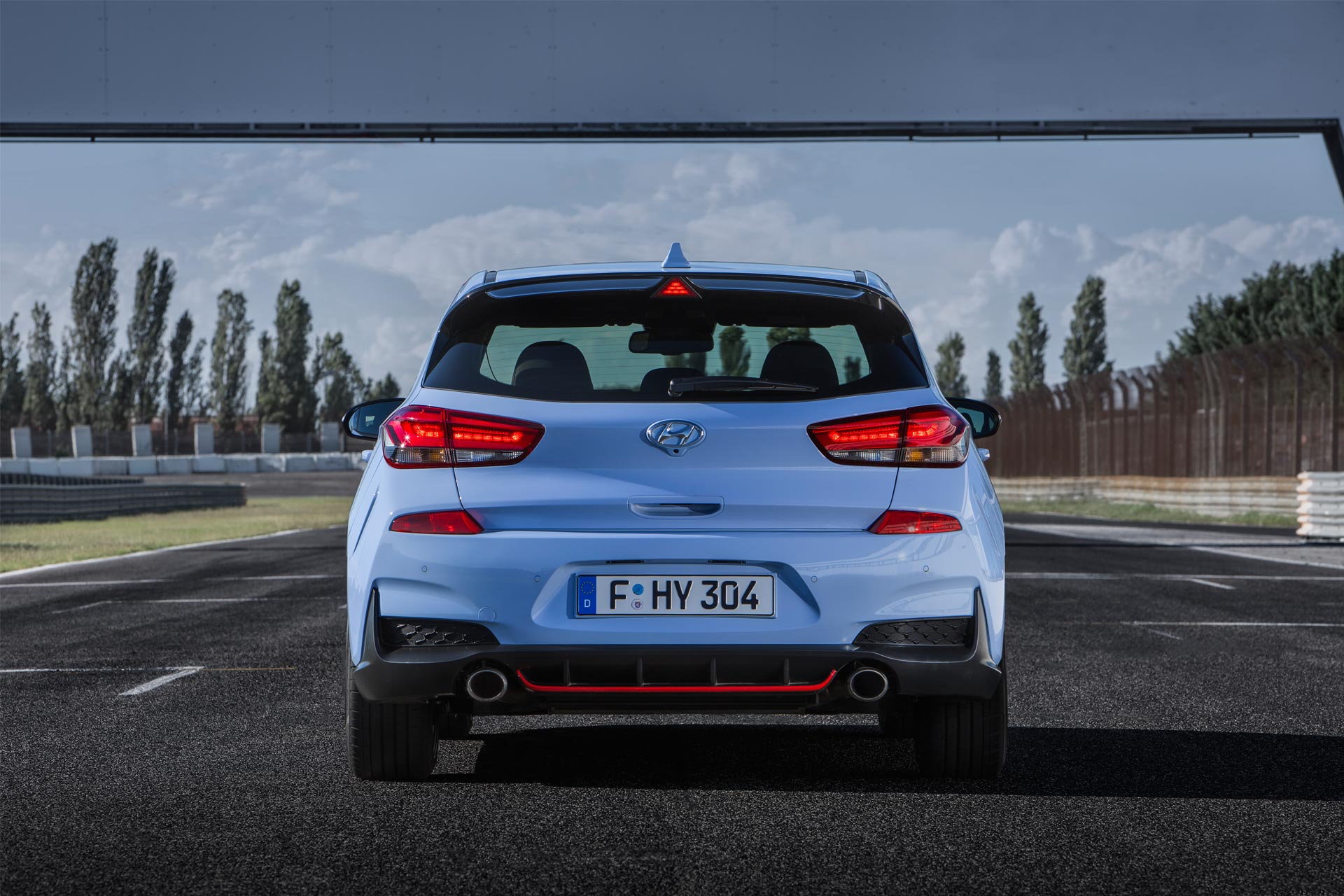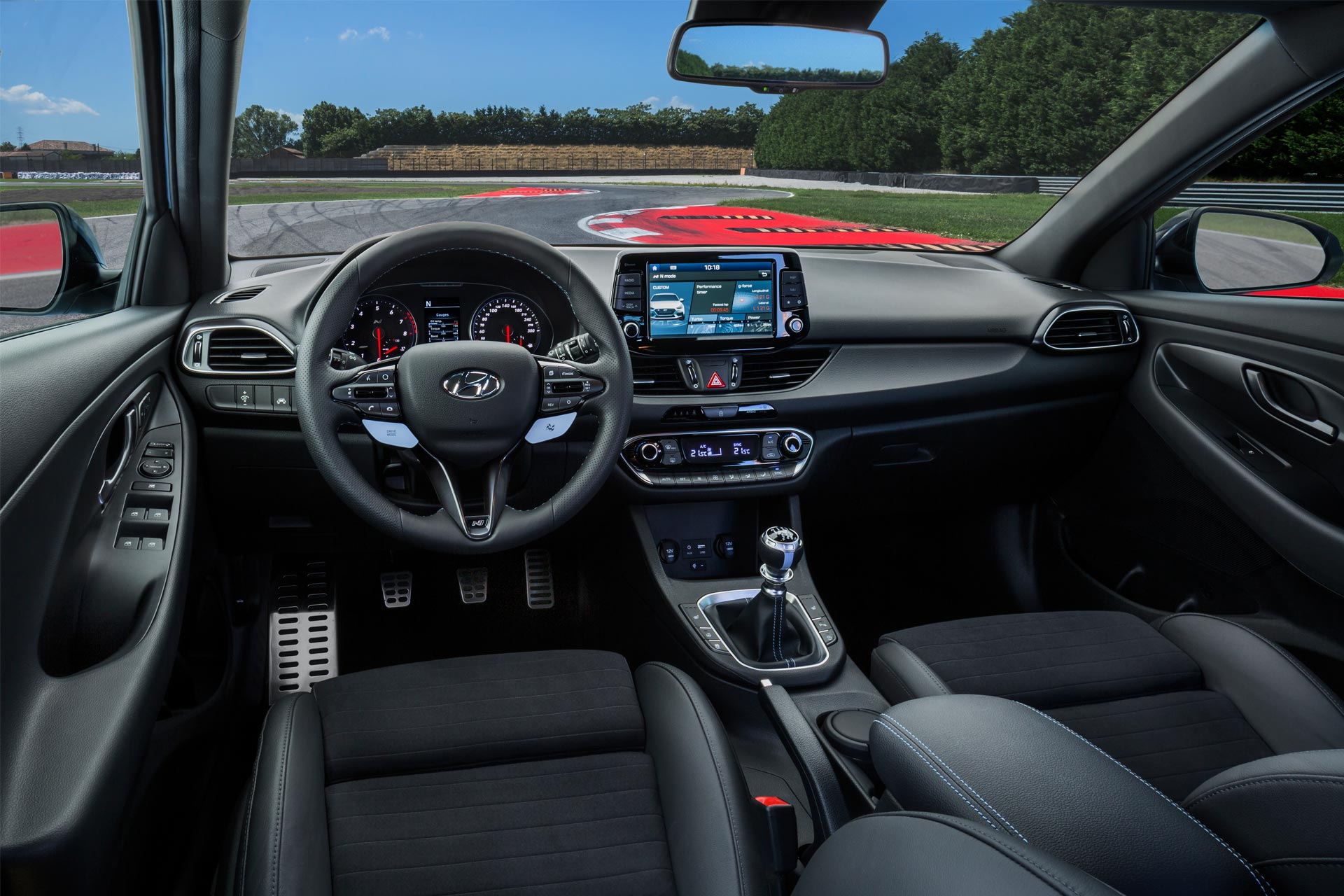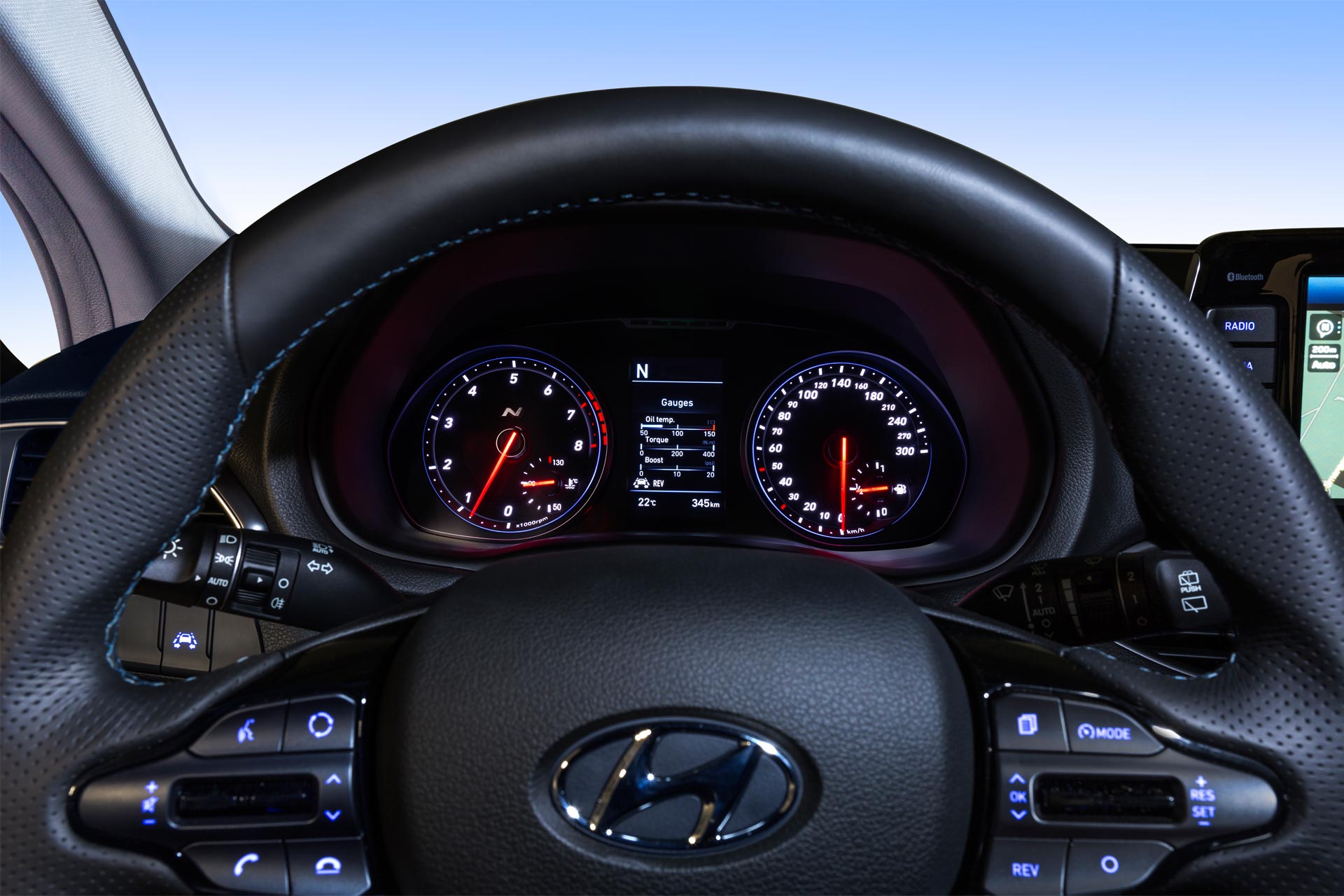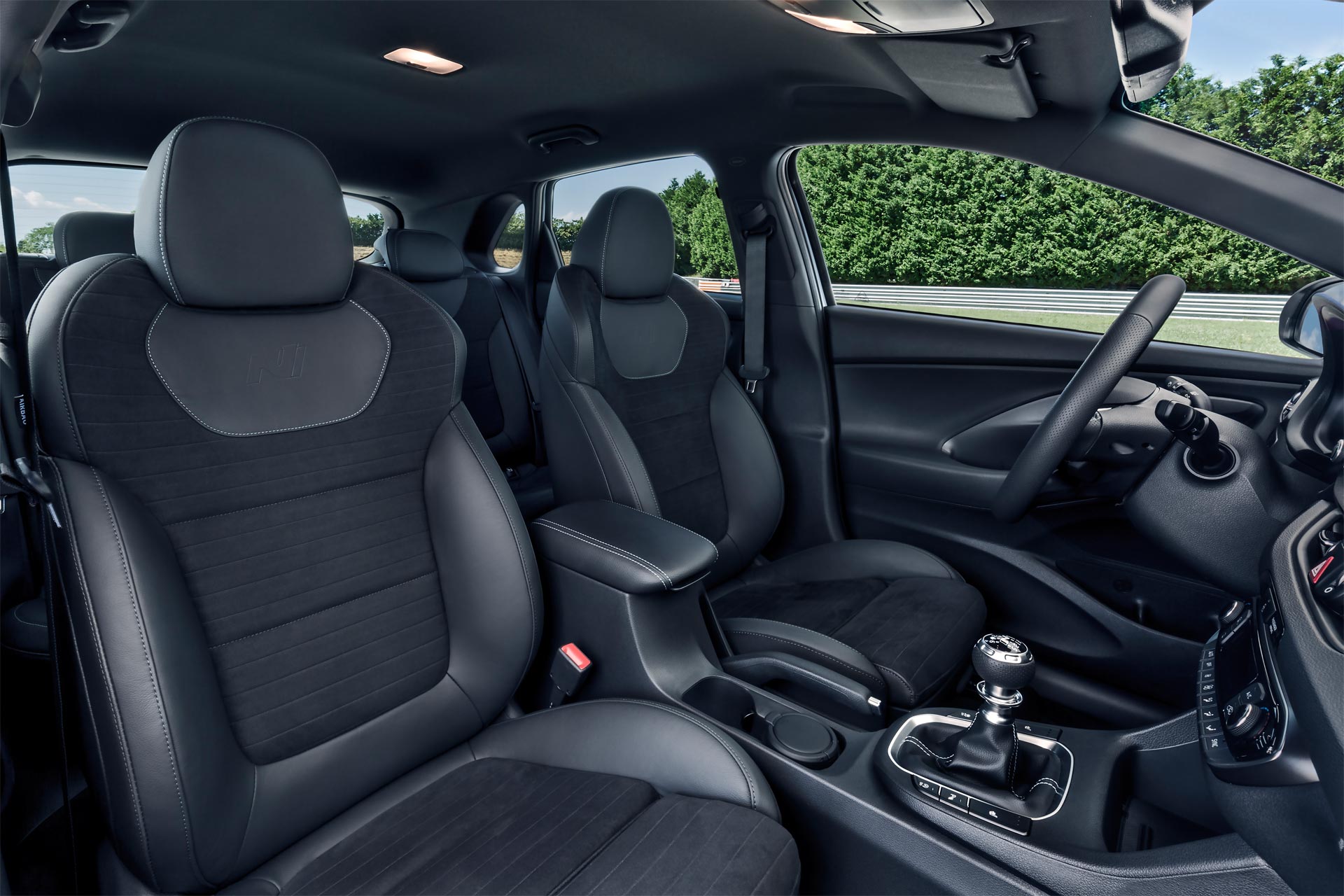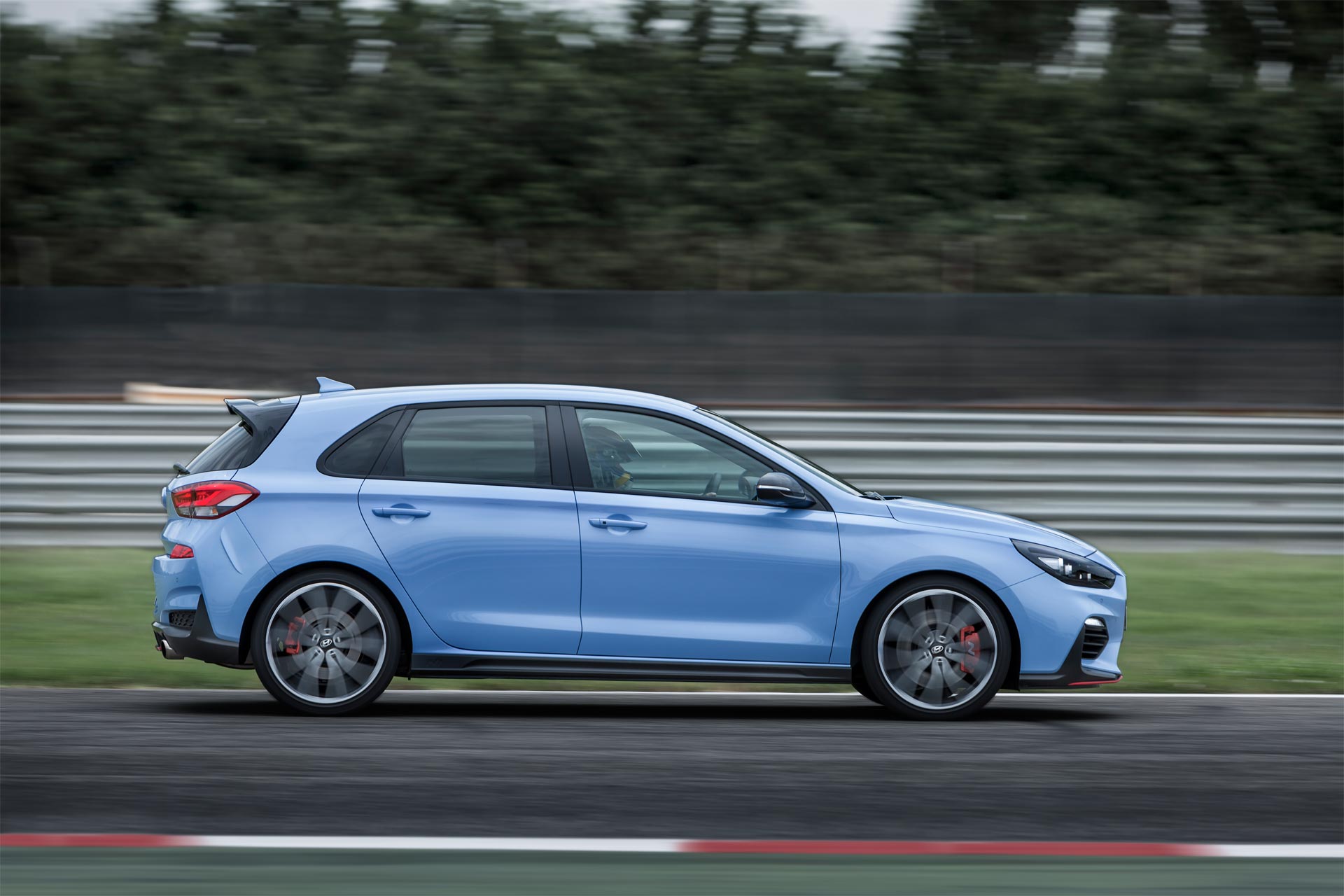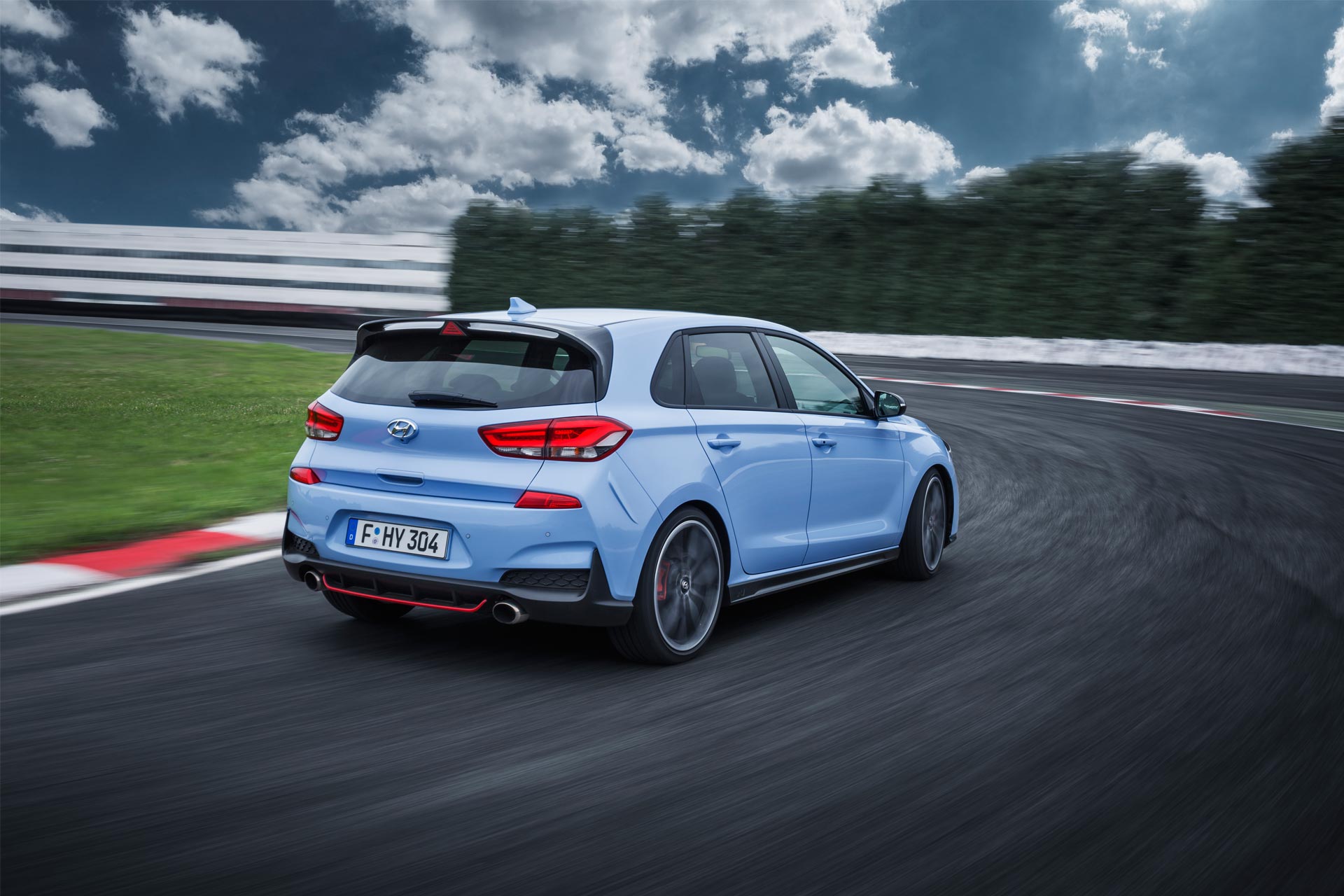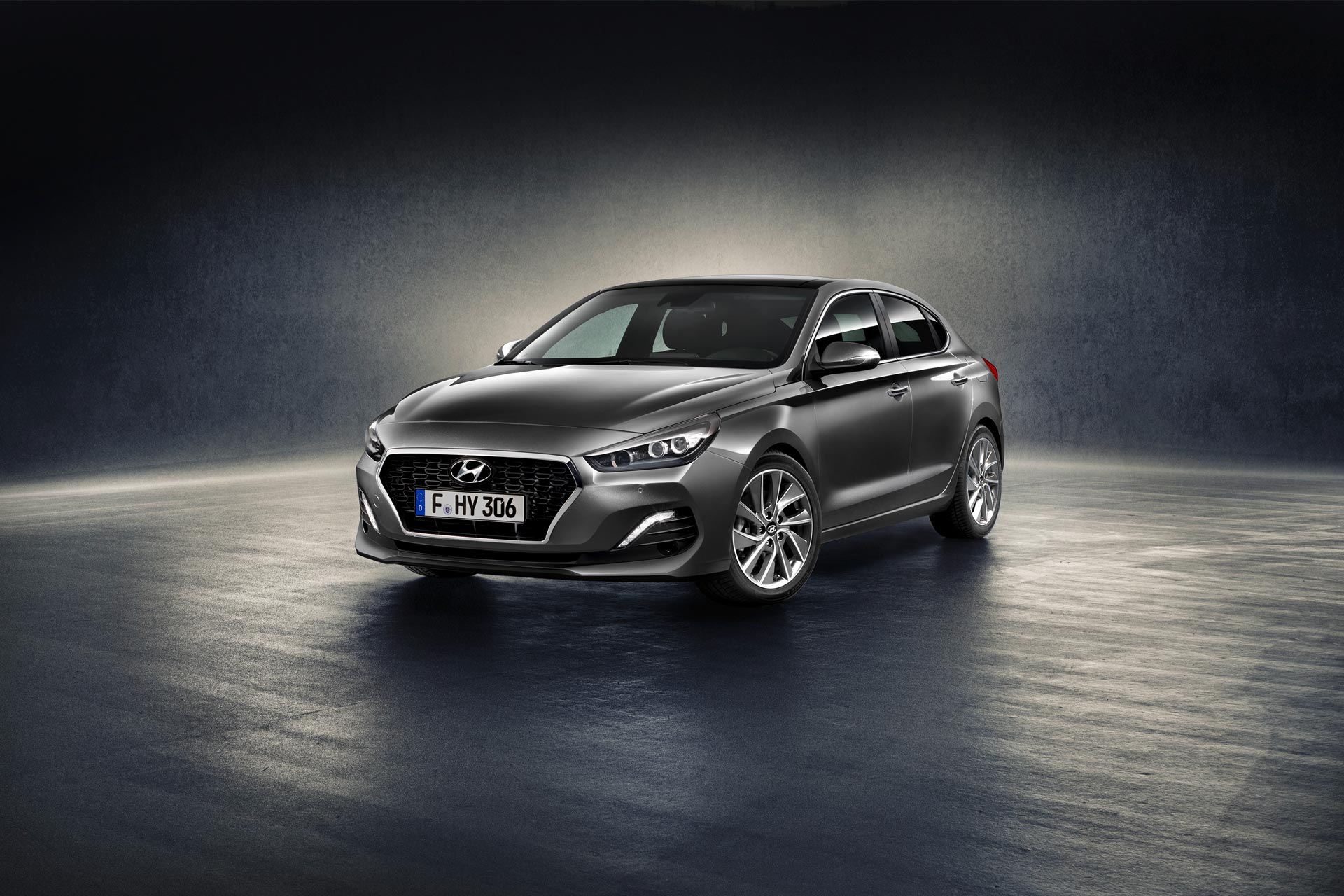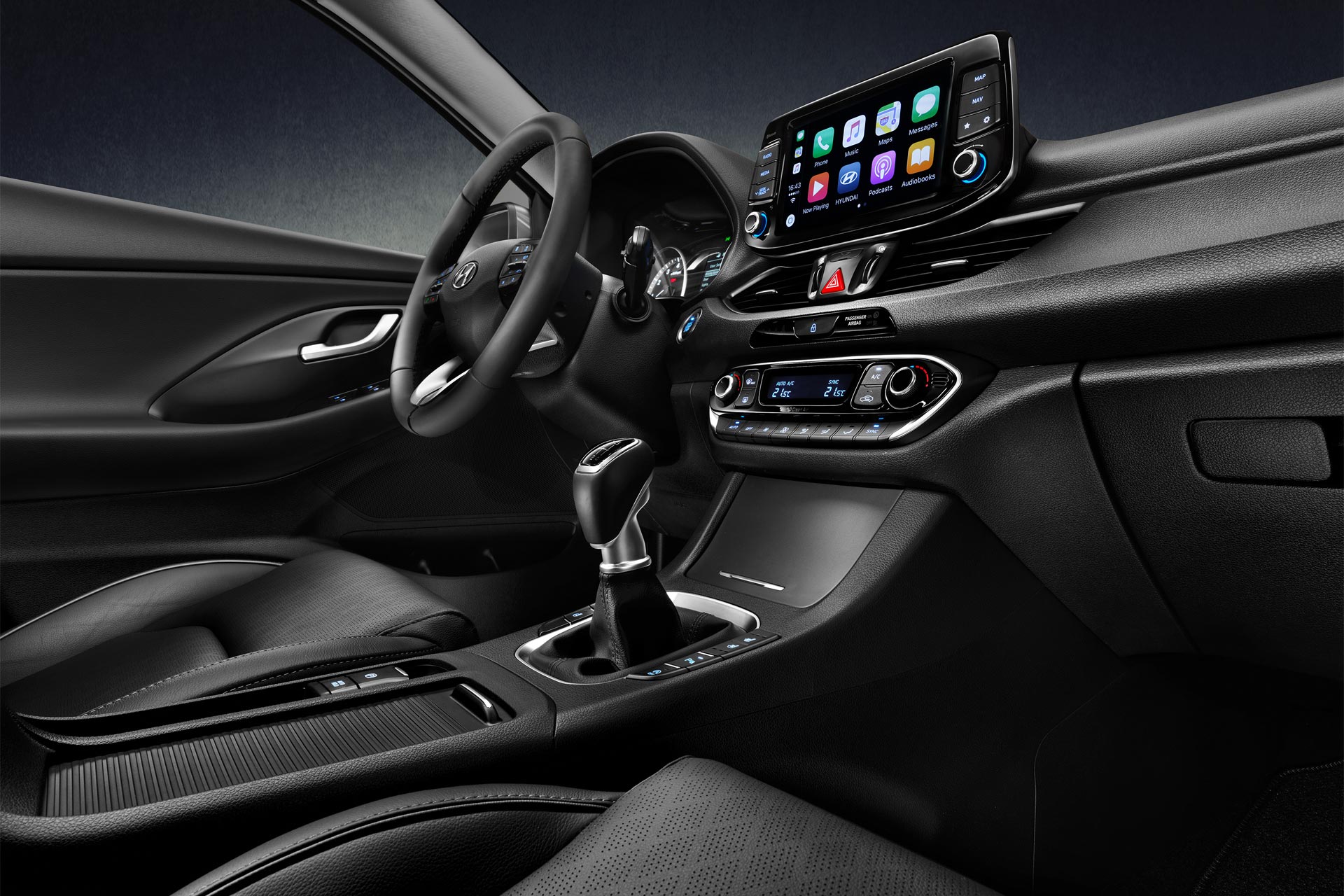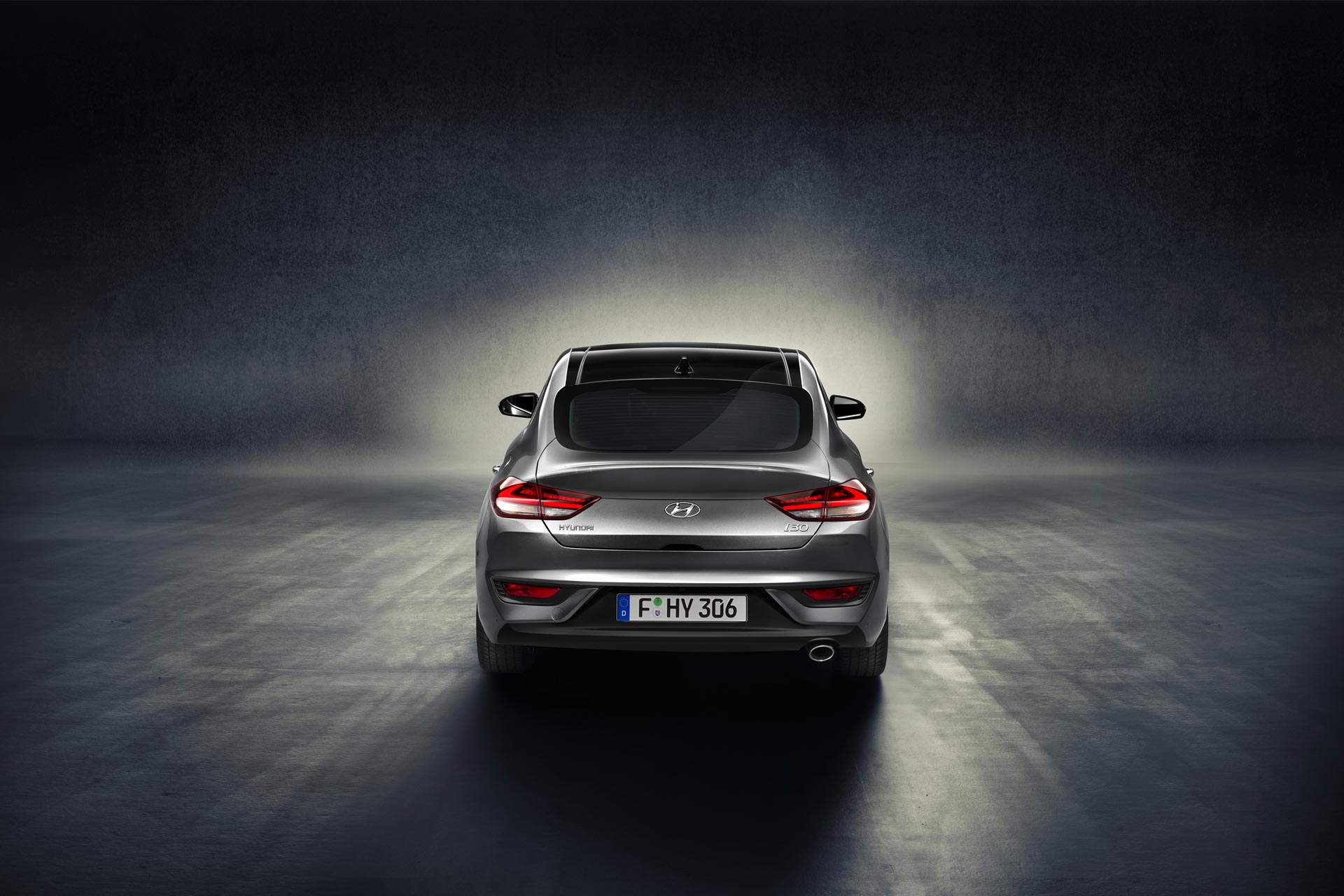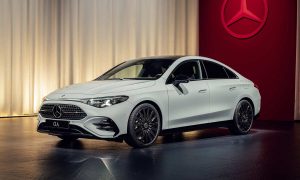After unveiling the i30 Wagon at this year’s Geneva International Motor Show, Hyundai adds two more variants to the i30 range, the i30 N and i30 Fastback. While the latter is slated to launch early 2018 across Europe, the former will arrive by the end of this year, in Europe of course.
i30 N
The i30 N is Hyundai’s first high-performance car under the N line up. Apparently, the ‘N’ was born in Namyang, at Hyundai Motor’s global R&D Centre in Korea, and honed at the Nürburgring, one of the most challenging race tracks in the world and home of Hyundai’s Testing Center. The N logo symbolizes a chicane, the ultimate corner where the i30 N has been tested thoroughly and has proven its ability. The i30 N is inspired by Hyundai Motorsport’s experience in WRC since 2014, says Hyundai.
The i30 N gets its power from a 2.0-litre turbo petrol, with 250 PS or 275 PS and a maximum torque of 353 Nm. The i30 N can reach a maximum speed of 250 km/h. The 250 PS version accelerates to 100 km/h in 6.4 seconds, while the 275 PS version in 6.1 seconds. The FWD hot hatch is paired to a 6-speed manual transmission.
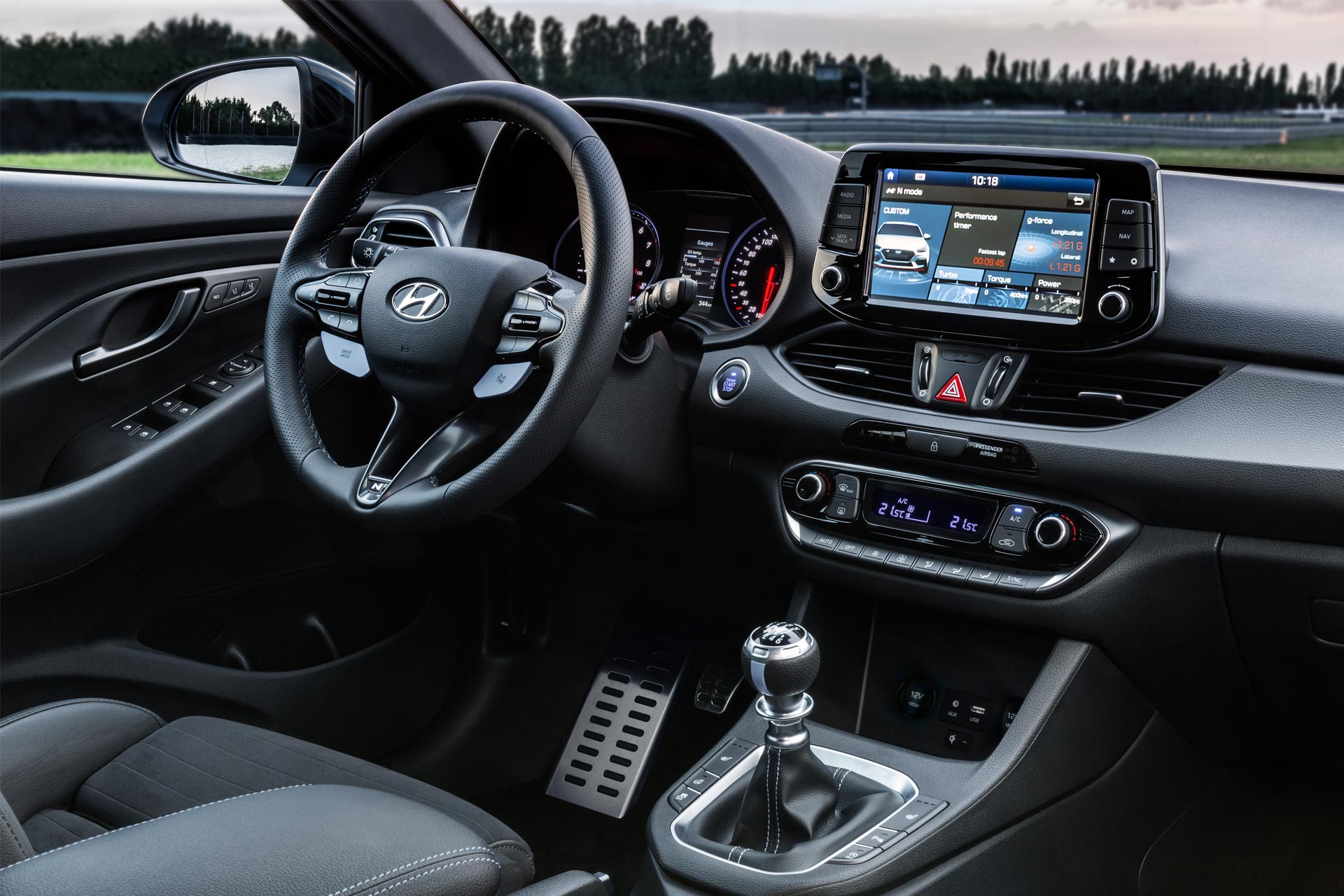
Drivers can choose from five individual drive modes: Eco, Normal, Sport, N and N Custom settings, which can be activated by using the two dedicated buttons on the steering wheel. The different modes change the character of the car, adjusting the parameters of the engine, the dampers, Electronic Stability Control (ESC), Electronic Limited Slip Differential (E-LSD), engine sound, steering and Rev matching. In the N Custom mode, drivers can select from Eco, Normal, Sport and Sport+.
Hyundai calls the i30 N as “Corner Rascal” because apparently, it loves corners where it achieves maximum traction, precision and feeling.
Interiors get a 5.0-inch or the optional 8.0-inch touch screen with navigation, Apple CarPlay and Android Auto. It features information on PS, torque, turbo boost as well as a lap and acceleration timer. As for the safety, the i30 N gets Autonomous Emergency Braking (AEB), Driver Attention Alert (DAA), Lane Keeping Assist System (LKAS), and High Beam Assist (HBA).
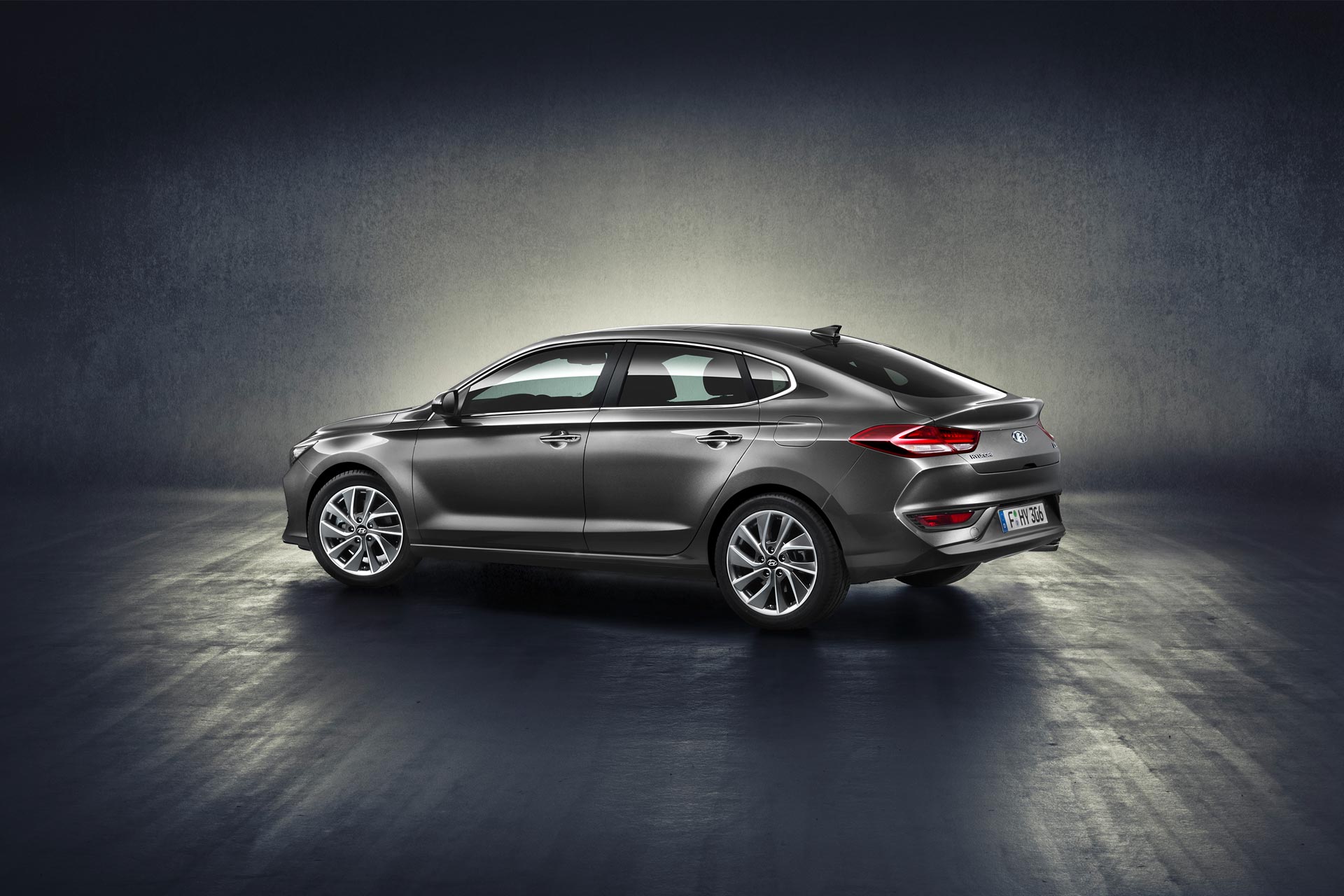
i30 Fastback
The fastback body style is fast becoming one of the most popular body styles in the world, and Hyundai is fast enough to recognize it. Thomas Bürkle, Chief Designer at Hyundai Design Centre believes that the i30 Fastback is a game changer.
“When designing the i30 Fastback we played with the proportions of the i30 range by reducing the height of the Cascading Grille and lowering the roofline. The elegant silhouette is further emphasized by the generously arched rear spoiler shape. Our team was able to achieve a pure design, which combines the sports car spirit with the comfort of a luxurious sedan. With this innovative approach to compact cars, we enable our customers to make an expressive statement when driving the i30 Fastback.”

The i30 Fastback reveals some significant differences compared with the other body types of the i30 range. By comparison to the i30 five-door version, the chassis of the i30 Fastback has been lowered by 5 mm and the stiffness of the suspension has been increased by 15%. This according to Hyundai, provides a more dynamic and more agile driving experience while maintaining a high level of comfort. Thanks to the lowered roof and chassis leading to an overall height of 1,425 mm, the i30 Fastback is 30 mm lower than the five-door body type. With an elongated silhouette, the car has an overall length of 4,455 mm – 115 mm longer than the five-door.
Hyundai says that the wheel design was specially developed to perfectly match the i30 Fastback’s silhouette: unique 18-inch alloy wheels are available, as well as 17-inch alloy wheels. Using classic automotive design codes, the roof has been lowered by 25 mm compared with the i30 five-door, enhancing the car’s wide stance on the road, improving aerodynamics and creating a dramatic impression.
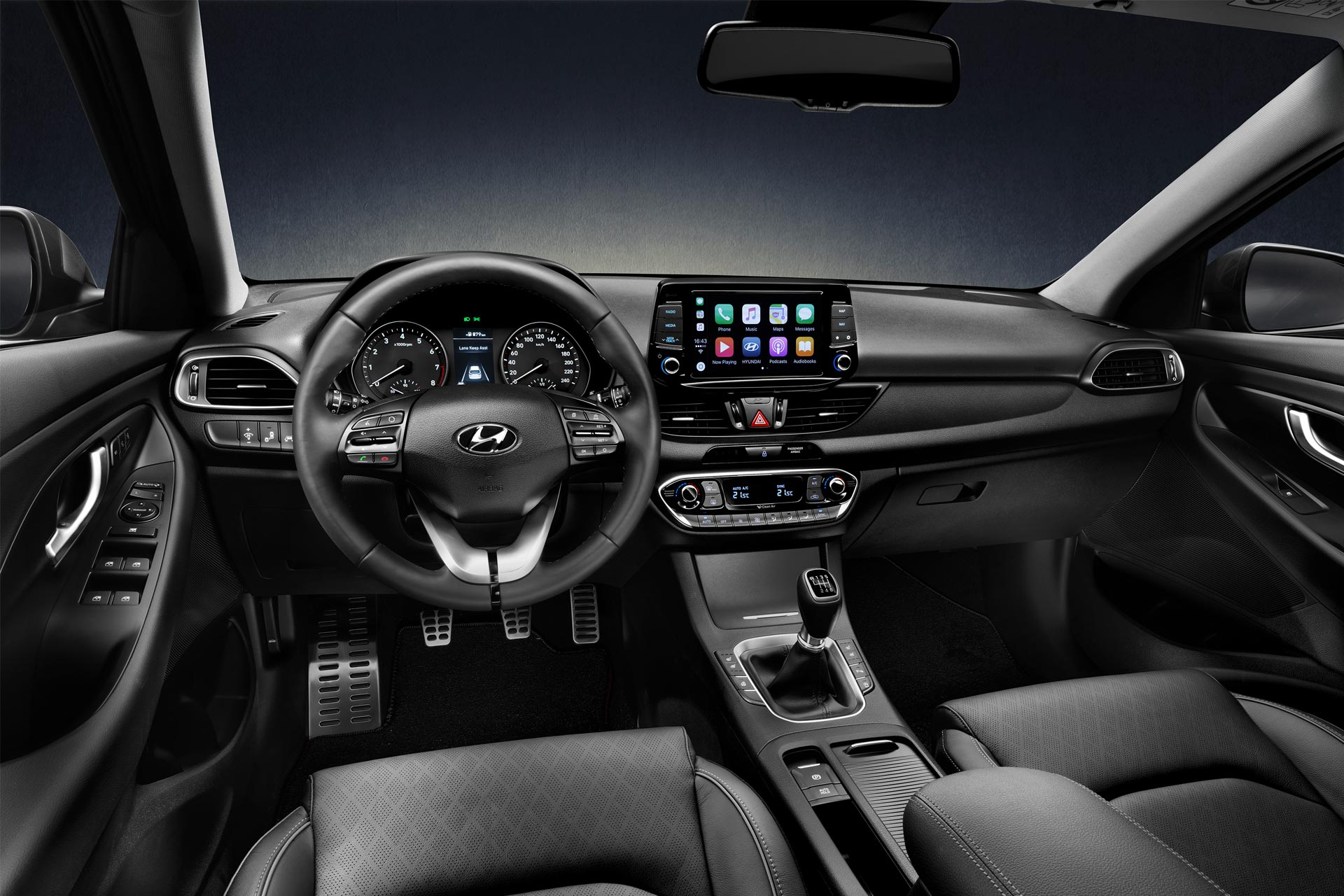
Interiors get an optional 8-inch touch screen with navigation, Apple CarPlay and Android Auto. Customers can choose between different audio options: the standard monochrome 5-inch display radio with Bluetooth connectivity or the optional audio system with a 5-inch capacitive LCD touch screen and an integrated rear-view camera.
Moving on to the powertrains, customers can choose between the 1.4 T-GDI turbocharged 4-cylinder engine with 140 PS or the 1.0 TGDI turbocharged 3-cylinder engine with 120 PS. The 1.4-litre TGDI petrol engine is offered with the 6-speed manual transmission or the 7-speed dual-clutch transmission, which gives a choice of fully automatic or manual gear changes. The 1.0 T-GDI is offered with the 6 MT. All engines come standard with the Integrated Stop and Go (ISG) system for increased efficiency. The i30 Fastback’s powertrain line-up will be further expanded with the addition of a newly developed 1.6-litre 4-cylinder turbocharged diesel engine available with two power outputs: 110 PS and 136 PS. Both versions will be available with the 6 MT or 7 DCT.
Safety kit includes Autonomous Emergency Braking (AEB), Driver Attention Alert (DAA), Advanced Smart Cruise Control (ASCC), Rear-Cross Traffic Alert (RCTA), Lane Keeping Assist System (LKAS), and High Beam Assist (HBA).

Leave a Reply
Note: Comments that are unrelated to the post above get automatically filtered into the trash bin.
